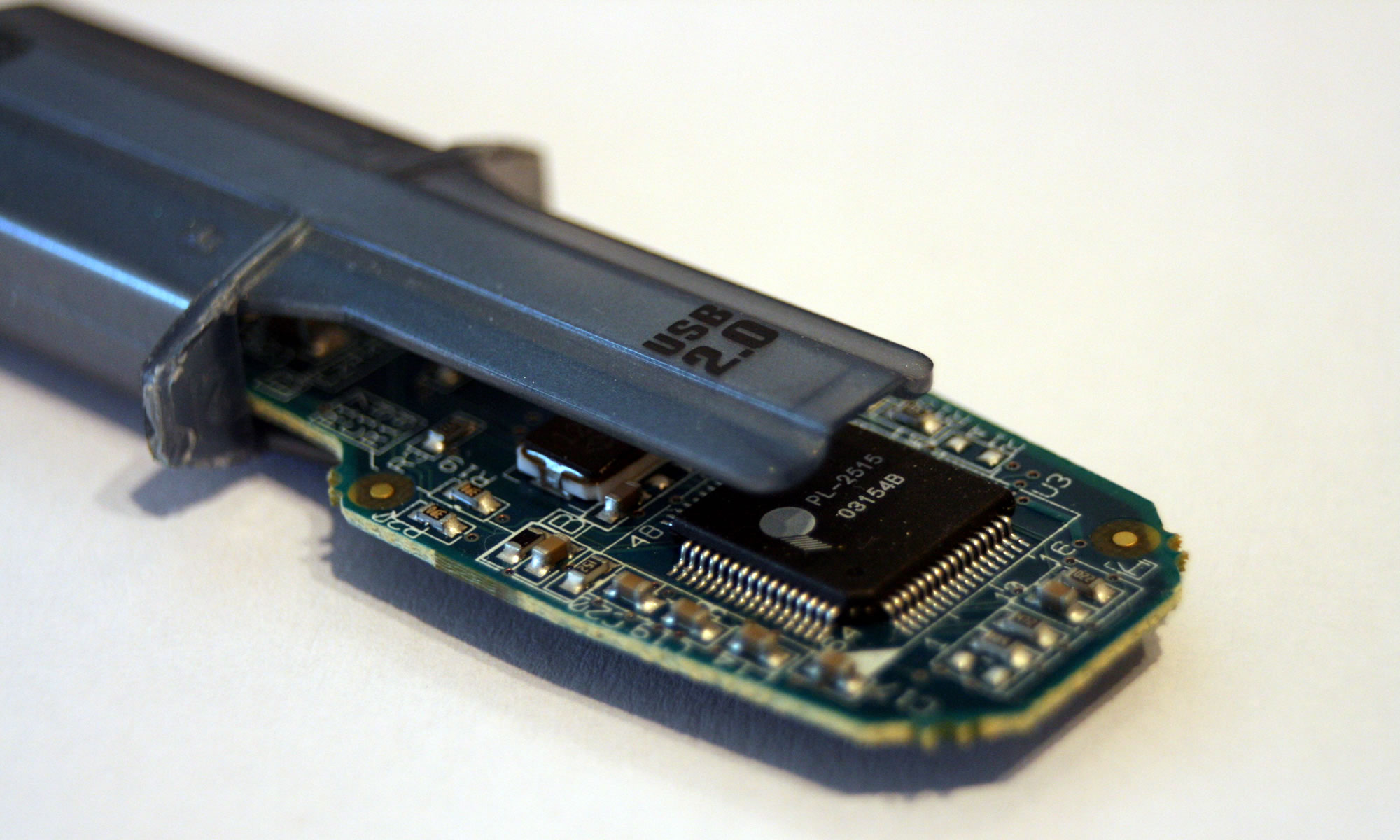A week ago my iMac’s fusion drive failed. Despite trying to fix it myself through software the reality was that it was looking very much like a hardware failure. I booked it into the Apple Store for a repair.
Less than a week later I got a call from the Apple Store saying it was fixed and I could come and pick it up. Having driven up to the store and come home, I got my iMac out of the car and set it up. I switched on my iMac.
The Apple Store had replaced the failing hard drive, but that was it. They had left it pretty much, from an OS X perspective as I had left it with them. The SSD was still visible, but at least now I could see the 3TB physical drive. I had to reset the fusion drive. Luckily I knew how to do this via Terminal and the diskutil resetfusion command.
I did think that this was poor, as the last time the drive failed they had reset the fusion drive and installed OS X onto the iMac.
Having reset the fusion drive, I then set about formatting the drive and installing OS X. Decided to bite the bullet and install Big Sur, knowing full well that I had applications that I liked that I wouldn’t be able to use. Key for me was Fireworks, but I did have Photoshop which I could use instead..
Installing Big Sur didn’t take long.
Then I used the migration assistant to start moving files from the external hard drive to the iMac. This took much longer than I thought it would.





